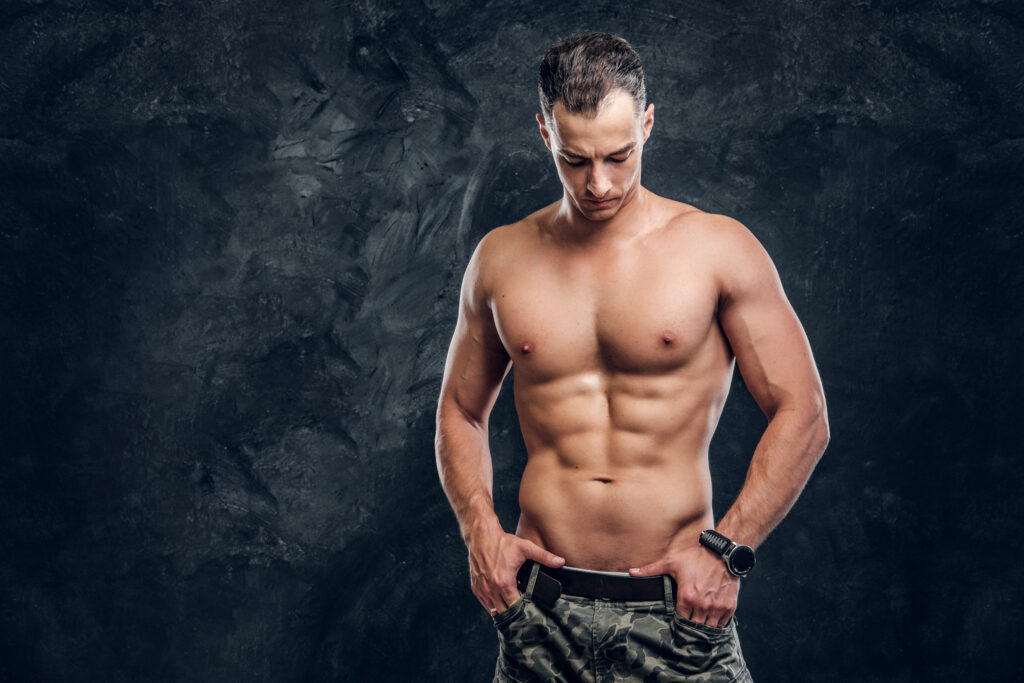Let’s delve into the topic of the “eight pack” versus the “six pack” abs.
When it comes to our abdominal muscles, everyone has a set of four pairs of muscles, which technically means we all have the potential for an eight pack. However, whether or not these are visible comes down to a combination of factors: muscle development, body fat percentage, and genetics.
For most individuals, the top six of these muscles are more prominent, leading to the commonly desired “six pack” appearance. The lowest pair, the ones closest to the pelvis, tends to be less pronounced, and in many cases, are covered by a layer of fat or positioned in such a way that they don’t pop out as prominently as the other six. This is where genetics comes into play.
Some people naturally have a more defined or separated set of those bottom muscles, and as a result, they have an easier time achieving an eight pack look once their body fat percentage is low enough. On the other hand, there are those who, even with a very low body fat percentage and significant muscle development, will find it challenging to achieve a visible eight pack due to the way their abdominal muscles and tendons are structured.
However, it’s essential to note that achieving an eight pack isn’t necessarily a sign of superior fitness or strength compared to a six pack. It’s more of an aesthetic distinction. Whether you aim for a six pack or an eight pack, the foundational principles remain the same: a combination of strength training targeting the abdominal muscles, cardiovascular workouts to reduce body fat, and a balanced diet to support muscle growth and fat loss.
While everyone has the muscles for an eight pack, genetics play a pivotal role in determining if they’ll be prominently visible. It’s not just about hard work and dedication, but also how one’s body is naturally structured.

